Bolen High
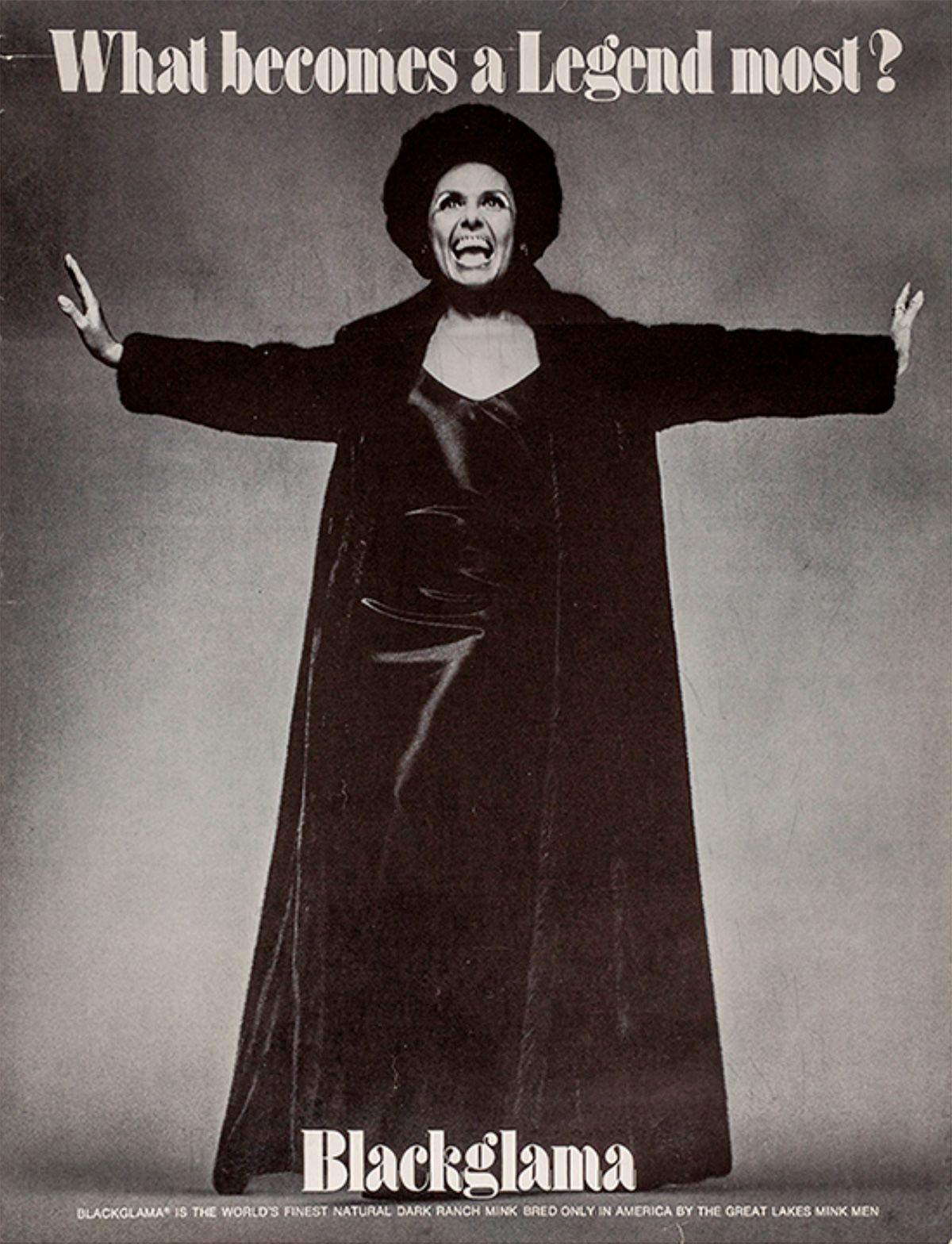
Lena Horne: African American Icon
| African American Movie Memorabilia, African Americana, Black History, Famous Female Vocalists, Famous Hollywood Portrait Photographers, Film & Movie Star Photographs
In honor of Black History Month we celebrate the ”What Becomes A Legend Most” icon, Lena Horne. When Lena Horne was asked to become the image for Blackglama’s 1969 ad campaign poster (see above), she follows in the heels of such female icons as Marlene Dietrich and Joan Crawford; she was the first…
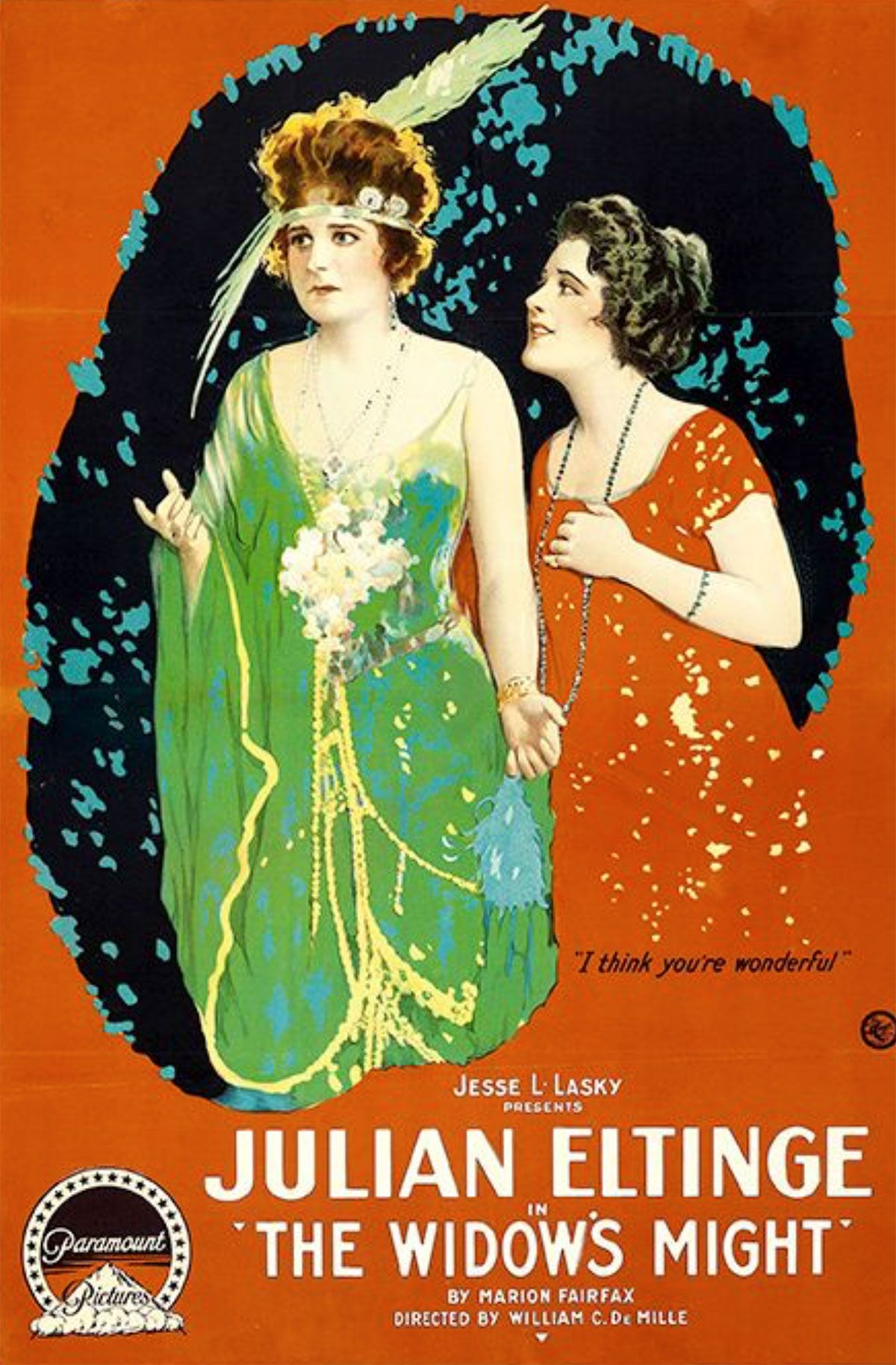
Drag Before RuPaul
The term “Drag” is the shortened version of “Drag Queen” which, in many circles today, is a derogatory description of men who like to dress as women either as a life choice or as a female impersonator.
RuPaul changed “Drag Queen” to “Drag” in 2009, when he became an international celebrity, tu…
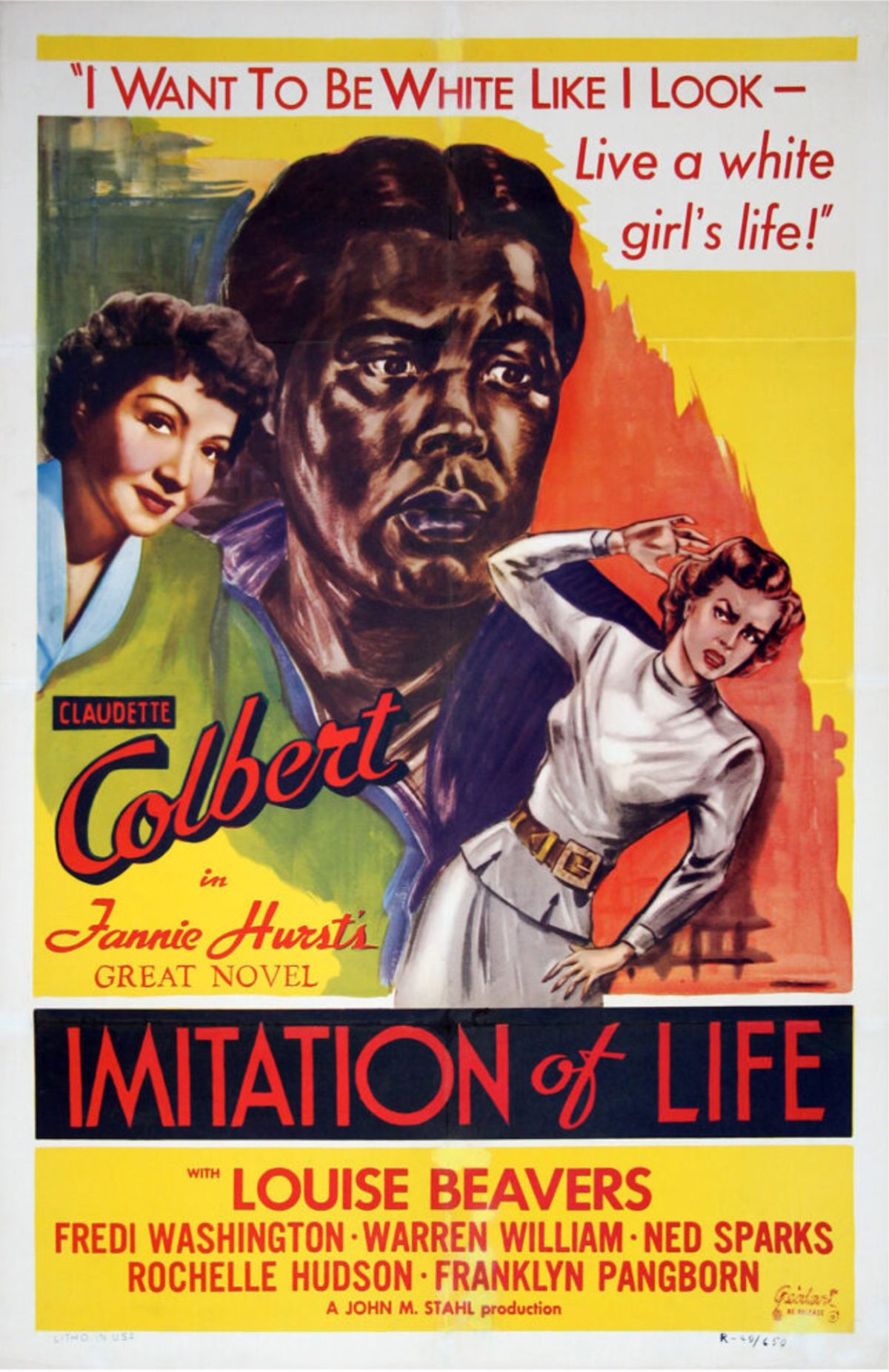
“Passing” Reflected in Three Films
The Netflex film Passing deals with the African American topic that has come to be known as “Passing” when a person classified as a member of a racial group is accepted or perceived (“passes”) as a member of another. Historically, the term has been used primarily in the United…
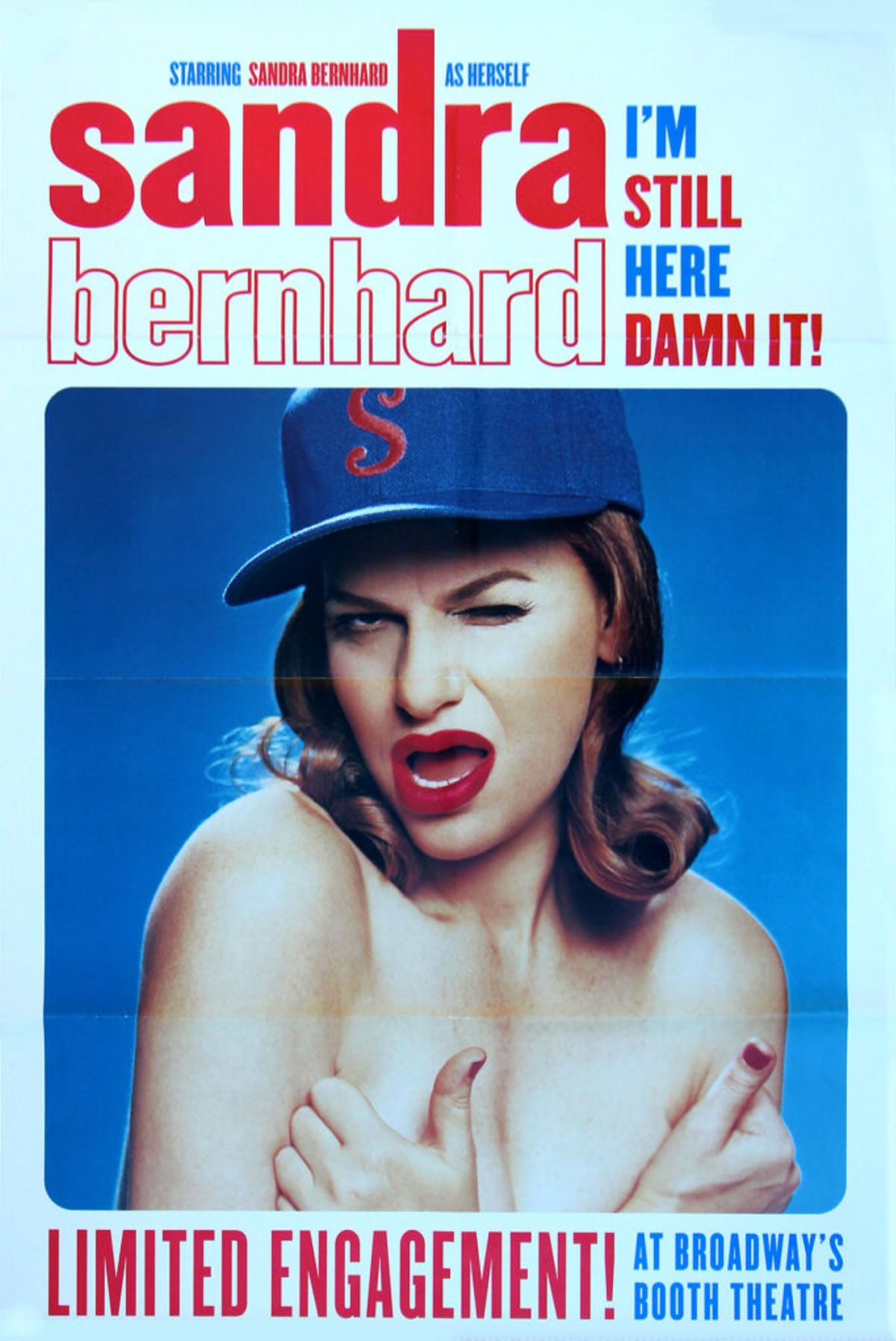
Five Lesbian And Bisexual Women In The Performing Arts
SANDRA BERNHARD / I’M STILL HERE… DAMN IT! (1988)
New York: Booth Theatre, [1988]. Vintage original 36 x 24 1/2″ (92 x 62 cm.) poster, USA. Folded (as issued), JUST ABOUT FINE. VIEW DETAILS
Poster for SANDRA BERNHARD: I’M STILL HERE… DAMN IT, a one-woman comedy show given in a limited…
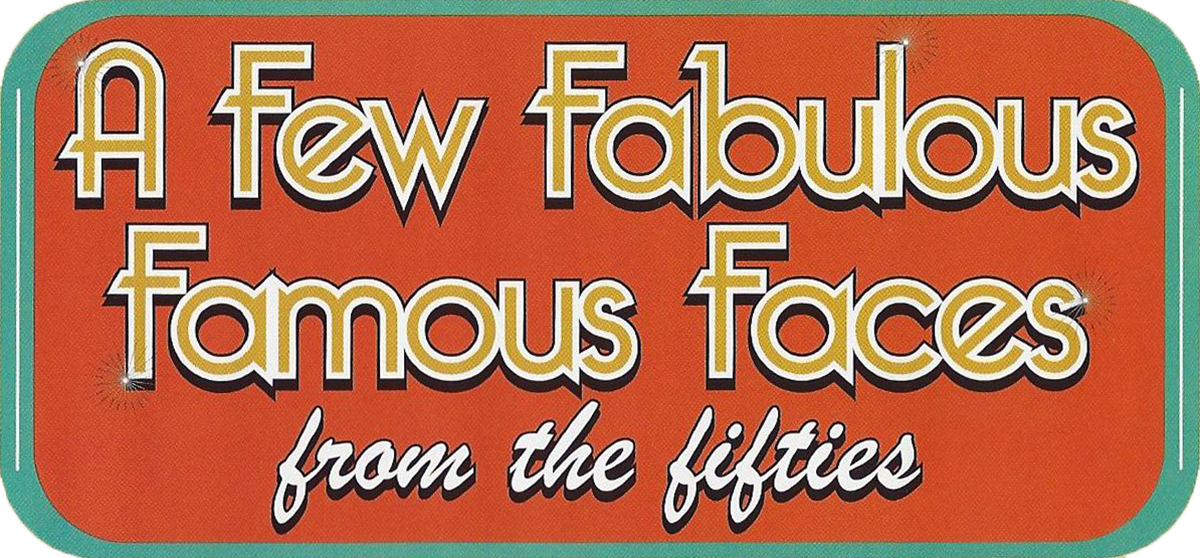
1950s Famous Faces
| Featured
For Walter Film’s holiday blog we would like to take you on a nostalgic trip back to the 1950s and to a time that was not quite as challenging as it is today. The personalities merchandised in doll form reflected the major movements and changes in all fields of entertainment during that deca…

Sidney Poitier – African American Landmark Actor & Director
| African American Movie Memorabilia, African Americana, Black History, Film & Movie Star Photographs
In 1963 Sidney Poitier became the first African American to win an Academy Award for Best Actor in a Lead Role creating the character of Homer Smith in Lilies of the Field.
His 40+ year career as an Oscar-winning star and film director broke down barriers for actors of color…
Recent Posts
Categories
- African American Movie Memorabilia
- African Americana
- Black History
- Celebrating Women’s HistoryI Film
- Celebrity Photographs
- Current Exhibit
- Famous Female Vocalists
- Famous Hollywood Portrait Photographers
- Featured
- Film & Movie Star Photographs
- Film Noir
- Film Scripts
- Hollywood History
- Jazz Singers & Musicians
- LGBTQ Cultural History
- LGBTQ Theater History
- Lobby Cards
- Movie Memorabilia
- Movie Posters
- New York Book Fair
- Pressbooks
- Scene Stills
- Star Power
- Vintage Original Horror Film Photographs
- Vintage Original Movie Scripts & Books
- Vintage Original Publicity Photographs
- Vintage Original Studio Photographs
- WalterFilm
Archives
